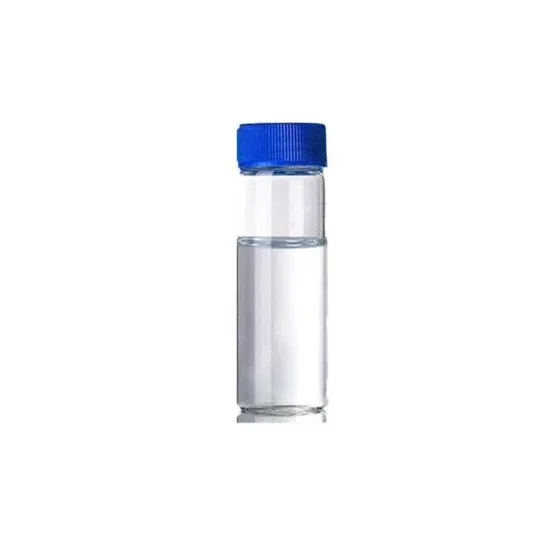Warning: Undefined array key "title" in /home/www/wwwroot/HTML/www.exportstart.com/wp-content/themes/1198/header.php on line 6
Warning: Undefined array key "file" in /home/www/wwwroot/HTML/www.exportstart.com/wp-content/themes/1198/header.php on line 7
Warning: Undefined array key "title" in /home/www/wwwroot/HTML/www.exportstart.com/wp-content/themes/1198/header.php on line 7
Warning: Undefined array key "title" in /home/www/wwwroot/HTML/www.exportstart.com/wp-content/themes/1198/header.php on line 7
- Afrikaans
- Albanian
- Amharic
- Arabic
- Armenian
- Azerbaijani
- Basque
- Belarusian
- Bengali
- Bosnian
- Bulgarian
- Catalan
- Cebuano
- China
- China (Taiwan)
- Corsican
- Croatian
- Czech
- Danish
- Dutch
- English
- Esperanto
- Estonian
- Finnish
- French
- Frisian
- Galician
- Georgian
- German
- Greek
- Gujarati
- Haitian Creole
- hausa
- hawaiian
- Hebrew
- Hindi
- Miao
- Hungarian
- Icelandic
- igbo
- Indonesian
- irish
- Italian
- Japanese
- Javanese
- Kannada
- kazakh
- Khmer
- Rwandese
- Korean
- Kurdish
- Kyrgyz
- Lao
- Latin
- Latvian
- Lithuanian
- Luxembourgish
- Macedonian
- Malgashi
- Malay
- Malayalam
- Maltese
- Maori
- Marathi
- Mongolian
- Myanmar
- Nepali
- Norwegian
- Norwegian
- Occitan
- Pashto
- Persian
- Polish
- Portuguese
- Punjabi
- Romanian
- Russian
- Samoan
- Scottish Gaelic
- Serbian
- Sesotho
- Shona
- Sindhi
- Sinhala
- Slovak
- Slovenian
- Somali
- Spanish
- Sundanese
- Swahili
- Swedish
- Tagalog
- Tajik
- Tamil
- Tatar
- Telugu
- Thai
- Turkish
- Turkmen
- Ukrainian
- Urdu
- Uighur
- Uzbek
- Vietnamese
- Welsh
- Bantu
- Yiddish
- Yoruba
- Zulu
Aug . 06, 2024 09:46 Back to list
Using Xanthan Gum and Baking Powder for Perfectly Fluffy Baked Goods in Your Kitchen
The Role of Xanthan Gum and Baking Powder in Baking
Baking is a delicate art that often requires a precise balance of ingredients, each playing a specific role in the final product. Among these ingredients, xanthan gum and baking powder have gained popularity, particularly in gluten-free and specialty baking. Understanding how these ingredients function can significantly enhance the baking process and the quality of the finished goods.
What is Xanthan Gum?
Xanthan gum is a polysaccharide that is used as a thickening and stabilizing agent in various food products. It is produced by the fermentation of glucose or sucrose by the bacterium *Xanthomonas campestris*. In baking, xanthan gum acts as a binding agent, providing structure and elasticity to doughs and batters that would otherwise lack the gluten typically found in wheat flour. This makes xanthan gum a beloved component in gluten-free recipes.
When added to gluten-free flour blends, xanthan gum mimics the properties of gluten, helping to trap air bubbles during mixing and baking. As a result, baked goods rise properly and maintain a moist texture. It is particularly effective in recipes for bread, muffins, cookies, and cakes. Generally, a small amount—about 1 teaspoon per cup of gluten-free flour—is sufficient to achieve the desired results without compromising flavor or texture.
Understanding Baking Powder
Baking powder is a leavening agent that plays an essential role in creating light and fluffy baked goods. It typically contains three primary components an acid (such as cream of tartar), a base (usually baking soda), and a moisture-absorbing agent (like cornstarch). When baking powder is mixed with a liquid and subjected to heat, a chemical reaction occurs, producing carbon dioxide gas. This gas forms bubbles in the batter or dough, causing it to rise and expand.
There are two main types of baking powder single-acting and double-acting. Single-acting powders react with liquids, meaning they need immediate baking after mixing. Double-acting baking powders, on the other hand, contain two acid sources and can produce gas in two stages—once when wet and again when heated. This versatility makes double-acting baking powder more common in recipes.
xanthan gum baking powder

The Synergy of Xanthan Gum and Baking Powder
When used together, xanthan gum and baking powder can elevate baking outcomes. In gluten-free baking, where the absence of gluten can lead to denser products, xanthan gum imparts the necessary elasticity and chewiness. Simultaneously, baking powder provides the lift and lightness that make cakes, cookies, and breads enjoyable to eat.
For example, a gluten-free chocolate cake recipe can benefit significantly from both ingredients. The xanthan gum helps hold the batter together, preventing it from crumbling, while the baking powder ensures the cake rises appropriately, resulting in a fluffy and moist dessert.
Practical Tips for Using Xanthan Gum and Baking Powder
1. Measurement Caution Too much xanthan gum can result in a gummy texture, while too little can lead to crumbling. Follow specific ratios for best results.
2. Incorporation Mix xanthan gum with the dry ingredients before adding liquids to ensure even distribution throughout the mixture. Similarly, ensure your baking powder is fresh for effective leavening.
3. Testing When experimenting with new recipes, start with small batches to find the perfect balance between xanthan gum and baking powder, adjusting as needed based on texture and rise.
In conclusion, xanthan gum and baking powder are essential components in modern baking, especially for those venturing into gluten-free territory. By understanding how these ingredients work individually and collectively, bakers can achieve delightful textures and flavors, ensuring that every bite is a memorable one. Happy baking!
Latest news
-
Certifications for Vegetarian and Xanthan Gum Vegetarian
NewsJun.17,2025
-
Sustainability Trends Reshaping the SLES N70 Market
NewsJun.17,2025
-
Propylene Glycol Use in Vaccines: Balancing Function and Perception
NewsJun.17,2025
-
Petroleum Jelly in Skincare: Balancing Benefits and Backlash
NewsJun.17,2025
-
Energy Price Volatility and Ripple Effect on Caprolactam Markets
NewsJun.17,2025
-
Spectroscopic Techniques for Adipic Acid Molecular Weight
NewsJun.17,2025

